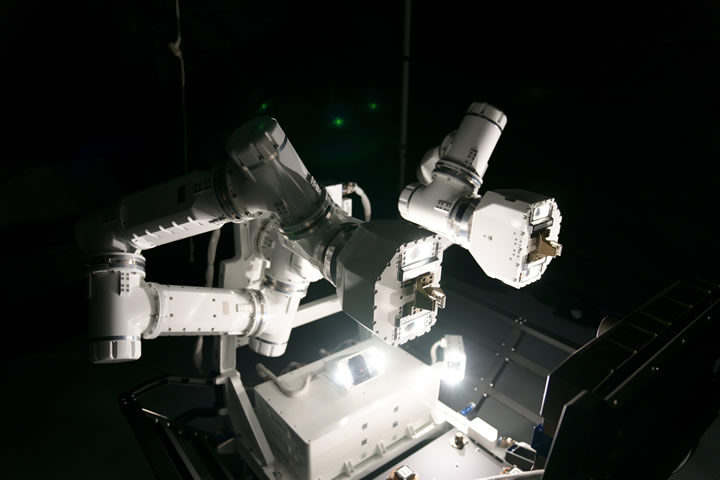GITAI Autonomous Robotic Arm Set to Launch on Jan. 29 to International Space Station

GITAI USA Inc. (GITAI), the world's leading space robotics startup, is pleased to announce that its 1.5-meter-long autonomous dual robotic arm system (S2) is scheduled to launch to the International Space Station (ISS) aboard the SpaceX Falcon 9 rocket (NG-20) on January 29. Having passed the required NASA safety reviews, the S2 will conduct an external demonstration of in-space servicing, assembly, and manufacturing (ISAM) while onboard the ISS.
During the demonstration, the S2 will be mounted external to the International Space Station (ISS) on the Nanoracks Bishop Airlock and perform on-orbit services, including maintenance, inspection, and life-extension operations for satellites. GITAI's S2 is equipped with a proprietary tool changer, enabling the robotic arm to conduct a variety of general-purpose tasks with high precision.
"We are excited that S2 will be deployed on the International Space Station (ISS) to demonstrate extravehicular capabilities," said Sho Nakanose, Founder & CEO of GITAI. "S2 is a robot that embodies the essence of GITAI's robotics technology, incorporating the same fundamental technology used in our innovative Inchworm Robot and Lunar Rover. The success of this demonstration will be a major milestone for GITAI, confirming the feasibility of this technology as a fully operational system in space."
By demonstrating this technology in space, GITAI aims to achieve Technology Readiness Level (TRL) 7 and will establish ISAM capabilities. The company plans to provide on-orbit satellite servicing in both GEO and LEO and is actively developing a spacecraft capable of performing rendezvous, repair, inspection, and life extension services for customers' satellites.
The S2 is the second demonstration mission for GITAI onboard the ISS. In 2021, GITAI successfully completed a technology demonstration of its S1 autonomous space robot and succeeded in executing two tasks: assembling structures and panels for In-Space Assembly (ISA), and operating switches & cables for Intra-Vehicular Activity (IVA).
To learn more about GITAI, future missions and space robotics capabilities, visit: GITAI.tech.
Comments (0)
This post does not have any comments. Be the first to leave a comment below.
Featured Product

